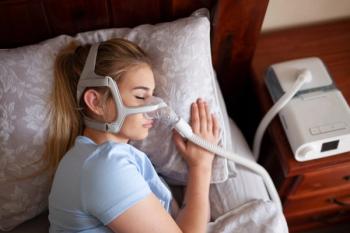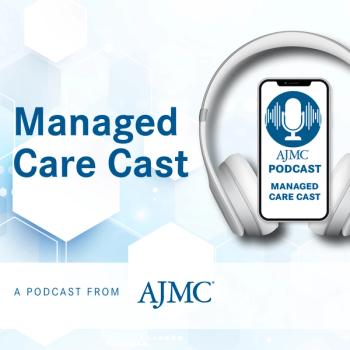
Hospital or Home: Building a Better US Maternity Care System
A recently-published paper in the New England Journal of Medicine sheds light on an urgent question: is it safer for moms and their babies to give birth at a hospital or in a setting outside a hospital?
A recently-published paper in the
The reason this is empirically unanswerable is that the counterfactual is never observed, and it is neither ethical nor feasible to randomize people to give birth in a particular setting.
The reason this question is urgent is because four million women give birth each year in the United States, but we don’t have enough good evidence to guide choices around birth settings in the US context. In 2013, the Institute of Medicine convened a
indeed, a full generation—and while much research had been conducted in the interim, the 2013 workshop ultimately settled on the familiar refrain: “more research is needed.” They are right, more research is needed, but women and families are making decisions today about where to give birth, and the recent study from Snowden and colleagues might provide the best available information to guide these decisions.
Benefits and Risks: What the Study Found and Why It’s Particularly Helpful
As lead author
After adjusting for clinical and socio-demographic risk factors, the study found comparatively higher risks of infant morbidity and mortality among planned out-of-hospital (OOH) births and comparatively higher risks of obstetric procedure use among planned hospital births. Whenever relative risks are described, absolute risk should also be communicated, so it should be noted that, for planned hospital births, the risk of infant mortality was 16/1000 and rates of labor induction and cesarean delivery were 30.4% and 24.7%, respectively.
What This Means for People Who Are Pregnant
In short, this study showed that there are real trade-offs based on birth setting. Planned OOH birth was associated with substantially reduced risks of not-infrequent and potentially harmful overuse of obstetric procedures, but is was also associated with increased risks of the rare but horribly tragic outcome of infant death. For each individual,
A
Changing the System to Make Maternity Care Safer for All Women
One thing that distinguishes the US maternity care system from those in the
- High-risk women attempting OOH birth (breech/twins/TOLAC/hypertension/etc).
- Transfers that were too late (well beyond even very liberal labor norms).
- Patient fear and mistrust of the hospital system to such a degree that it impeded the ability to provide needed interventions in a timely manner after transfer.
- Lack of collaboration between homebirth and hospital care providers after transfer (originating from both sides and many systems-level obstacles)
- The OOH midwives and the hospital staff were familiar with each other.
- We all utilized the same maternity care charts and forms.
- The patient chart that the home birth team provided the hospital team was complete and accurate.
- There was broad mutual agreement regarding when a woman would labor and birth at home and when she would come to the hospital.
- It was culturally normal and institutionally permitted for the midwifery team to remain with the woman after she transferred to the hospital.
- When we arrived at the hospital, our team, the laboring woman, and her family were genuinely welcomed. During one particularly exhausting stretch of births, I remember being handed a cup of coffee by the physician to whom we transferred.
It’s time to set aside tired, well-worn debates about birth settings and begin to reach across disciplinary backgrounds and differences, to take advantage of the opportunity to improve the safety and quality of maternity care in all birth settings.
Newsletter
Stay ahead of policy, cost, and value—subscribe to AJMC for expert insights at the intersection of clinical care and health economics.







































